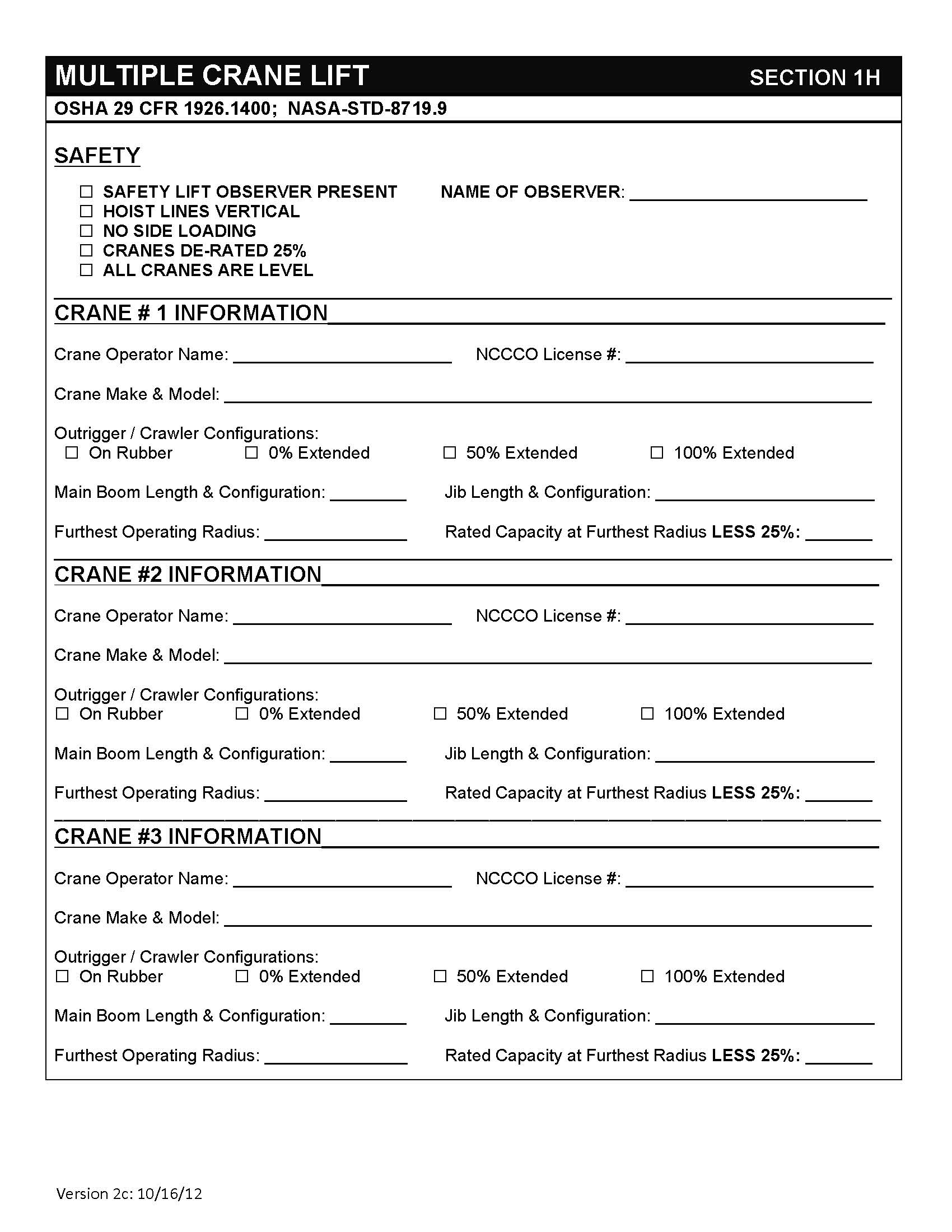

We have come across many tragic incidents from all across the world that involved multiple cranes, a few of which are profiled in this issue of Lifting Matters. Therefore, we are concentrating on most of the lifts that utilise mobile cranes. However, it is not practical in the mobile crane world. As outlined in AS 2550.1, clause 1.4.13, a Synchronized motion means “ Two or more crane motions under the control of a single command output with bi-directional communication so that the behaviour of one motion causes identical behaviour of the others”, which means they are electrically or mechanically connected – something that overhead and gantry cranes can achieve. Note, we are not talking about synchronised lifts here. Upending a vertical vessel using two cranes, one at the top end and a tailing crane on the bottom end is also considered a multi-crane lift. Put simply, multi-crane lifts are those which involve two or more cranes to support a load either with hooks attached directly to the load by slings, through shackles attached to pad eyes, or directly to an equaliser beam. I encourage you to do your own research in this regard, but I will attempt to provide some general things to be considered when planning and executing a multi-crane lift.

Therefore, I must preface this article by saying it will not be possible for me to outline the specific requirements of your local region. Guidelines differ between states and countries. There is also often a layer of state or local guidelines to meet, which can be at odds with national standards. The Australian Standards or international equivalents can be difficult to interpret. As an industry, we generally struggle with multiple crane lifts. Multiple crane lifts are among the most technically complex lifts to plan and execute. It’s always important to properly plan any lift, but even more so when there are several cranes involved. It figures – right? Double the equipment, double the personnel, double the consequences! The complex nature of lifts involving multiple mobile or crawler cranes makes them particularly hazardous. When there are two or more cranes involved in an incident, the impact and outcome of the incident is often magnified. Several of the most high-profile crane accidents of recent times have been those involving multiple cranes (also referred to as tandem lifts).


 0 kommentar(er)
0 kommentar(er)
